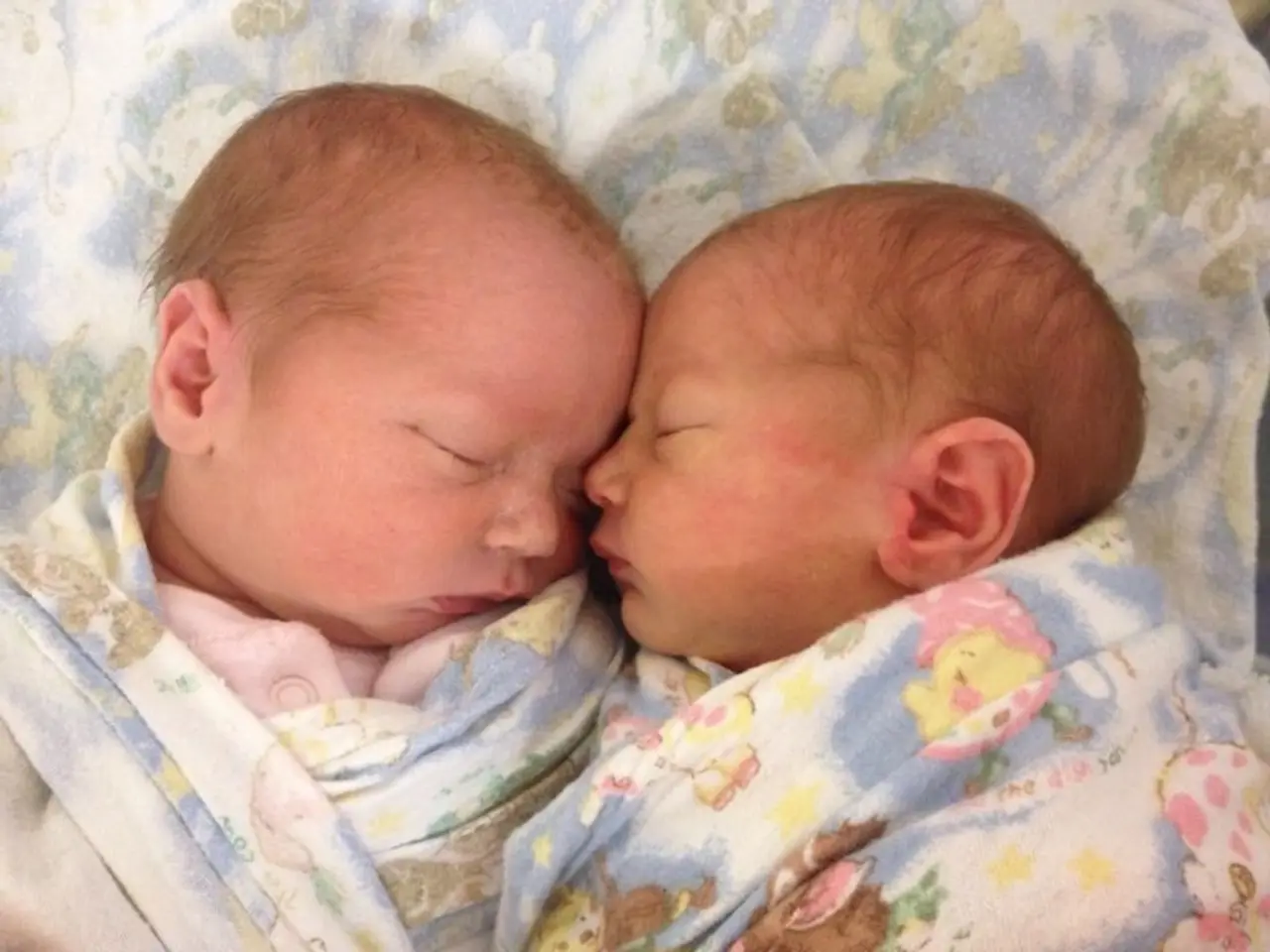Sleep Apnea in Children and Adults: Symptoms and Risks
Sleep apnea, a common disorder affecting both adults and children, occurs when breathing repeatedly stops and starts during sleep. About 1-4% of children and adolescents are affected, with symptoms varying by age.
Obstructive sleep apnea, the most common type, is caused by blockages in the air passages. Risk factors include overweight or obesity, alcohol consumption, smoking, anatomical peculiarities, certain medications, and sleeping position. Toddlers may exhibit snoring, difficulty breathing, restlessness, and excessive sweating during sleep, and irritability, crankiness, and frustration while awake. Consulting a doctor for a sleep study, or polysomnogram, is essential if symptoms are present. Untreated sleep apnea in children can lead to behavioral, adaptive, and learning issues similar to ADHD symptoms. In adults, it can result in daytime sleepiness and increased risk of serious health issues like type 2 diabetes and heart disease. Early diagnosis and management can reduce these long-term risks.
Sleep apnea is a prevalent disorder with significant health implications. Recognizing symptoms and seeking medical advice for a sleep study is crucial for both children and adults. Early intervention can prevent long-term health complications.
Read also:
- Inadequate supply of accessible housing overlooks London's disabled community
- Strange discovery in EU: Rabbits found with unusual appendages resembling tentacles on their heads
- Duration of a Travelling Blood Clot: Time Scale Explained
- Fainting versus Seizures: Overlaps, Distinctions, and Proper Responses






